Themed collection Materials Horizons 10th anniversary regional spotlight collection: The Americas

Engineering of flat bands and Dirac bands in two-dimensional covalent organic frameworks (COFs): relationships among molecular orbital symmetry, lattice symmetry, and electronic-structure characteristics
An effective framework for the band engineering in 2D covalent organic frameworks is revealed by describing the fundamental relationships among the electronic structures, the lattice symmetries, and the frontier molecular orbitals of building units.
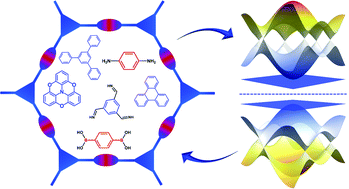
Mater. Horiz., 2022,9, 88-98
https://doi.org/10.1039/D1MH00935D
Scattering techniques for mixed donor–acceptor characterization in organic photovoltaics
The effects of mixing in organic photovoltaics are unclear partly due to challenges in characterization. X-Ray and neutron scattering techniques have been successful in quantifying mixing but meet new challenges with emerging non-fullerene systems.
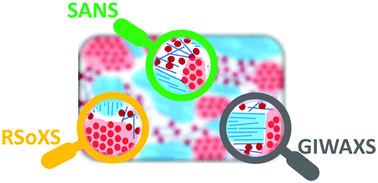
Mater. Horiz., 2022,9, 43-60
https://doi.org/10.1039/D1MH01219C
Fermi level, work function and vacuum level
Electronic levels and energies of a solid, such as Fermi level, vacuum level, work function, ionization energy or electron affinity, are of paramount importance for the control of device behavior, charge carrier injection and transport.
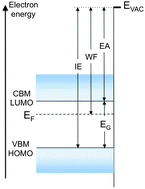
Mater. Horiz., 2016,3, 7-10
https://doi.org/10.1039/C5MH00160A
Toward autonomous design and synthesis of novel inorganic materials
We review recent progress in the development of self-driving laboratories and discuss their application to autonomous inorganic materials synthesis.
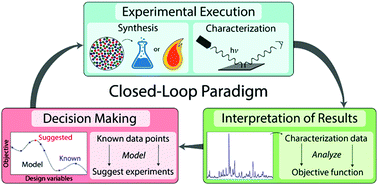
Mater. Horiz., 2021,8, 2169-2198
https://doi.org/10.1039/D1MH00495F
Liquid–liquid interfaces: a unique and advantageous environment to prepare and process thin films of complex materials
This review summarizes the recent progress in a novel route to both synthesize and process complex and multi-component materials as thin films, based on interfaces between immiscible liquids, highlighting different materials and applications.
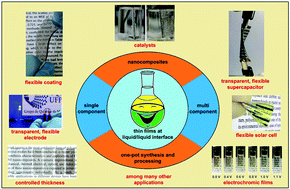
Mater. Horiz., 2021,8, 1409-1432
https://doi.org/10.1039/D0MH01676D
Catalytic methods for chemical recycling or upcycling of commercial polymers
A review covering catalytic method development to enable efficient chemical recycling and upcycling of the most abundant commercial polymers.
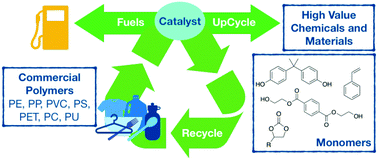
Mater. Horiz., 2021,8, 1084-1129
https://doi.org/10.1039/D0MH01286F
Artificial intelligence and machine learning in design of mechanical materials
This review revisits the state of the art of research efforts on the design of mechanical materials using machine learning.
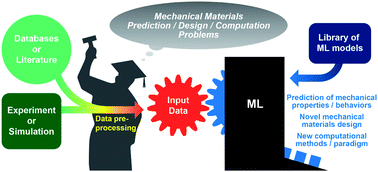
Mater. Horiz., 2021,8, 1153-1172
https://doi.org/10.1039/D0MH01451F
Porous flexible frameworks: origins of flexibility and applications
All major classes of porous crystalline frameworks including zeolites, metal–organic frameworks, covalent organic frameworks and hydrogen-bonded organic frameworks exhibit structural flexibilities.
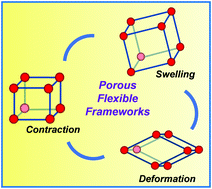
Mater. Horiz., 2021,8, 700-727
https://doi.org/10.1039/D0MH01710H
Review on organosulfur materials for rechargeable lithium batteries
Lithium storage properties of organosulfur electrodes including organodisulfide, thioethers, organosulfide polymers and sulfurized polyacrylonitrile have been comprehensively reviewed.
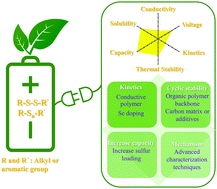
Mater. Horiz., 2021,8, 471-500
https://doi.org/10.1039/D0MH01364A
Semiconductor-based photocatalytic CO2 conversion
A concise review on the semiconductor-based photocatalytic CO2 conversion based mainly on the leading-edge reports published within the last three years.
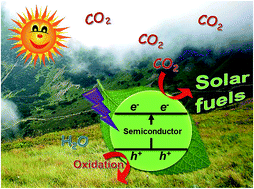
Mater. Horiz., 2015,2, 261-278
https://doi.org/10.1039/C4MH00176A
Erosion-resistant materials demonstrate low interfacial toughness with ice and superior durability
Erosion-resistant materials demonstrate a surprisingly low interfacial toughness (LIT) with ice around 1 J m−2. The LIT property is retained after linear erosion, indicating potential as durable anti-icing coatings.
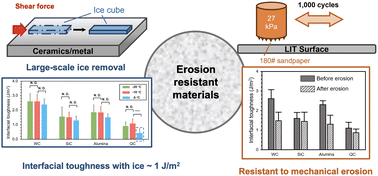
Mater. Horiz., 2023,10, 4541-4550
https://doi.org/10.1039/D3MH00885A
Layered polymer composite foams for broadband ultra-low reflectance EMI shielding: a computationally guided fabrication approach
This study presents a computationally guided approach for producing layered PVDF composite foams with absorption-based EMI shielding capabilities. It systematically analyzes the impact of thickness, nanofiller, and microstructures on EM properties.

Mater. Horiz., 2023,10, 4423-4437
https://doi.org/10.1039/D3MH00632H
Frontally polymerized foams: thermodynamic and kinetical aspects of front hindrance by particles
Reduced reaction enthalpy due to particles’ non-reactive volume is balanced by lower heat capacity. Front propagation is hindered by slowed curing kinetics.

Mater. Horiz., 2023,10, 2989-2996
https://doi.org/10.1039/D2MH01553F
Supramolecular temperature responsive assembly of polydopamine reduced graphene oxide
Supramolecular temperature responsive self-assembly of graphene colloidal systems is enabled by an amphiphilic structure incorporating polydopamine clusters on reduced graphene oxide flakes, without using temperature responsive polymers.
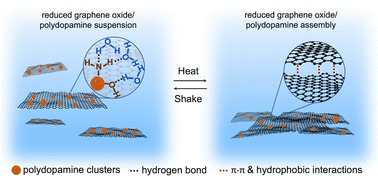
Mater. Horiz., 2023,10, 2638-2648
https://doi.org/10.1039/D3MH00202K
An information encrypted heterogeneous hydrogel with programmable mechanical properties enabled by 3D patterning
Heterogeneous architectures with defined patterns enabled by all-cellulose 3D printing ink stimulate the burgeoning development of biomimetic hydrogels for advanced applications.
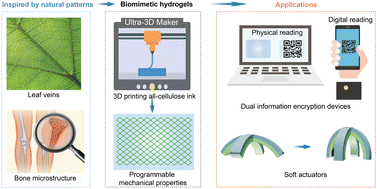
Mater. Horiz., 2023,10, 2667-2676
https://doi.org/10.1039/D3MH00234A
Direct ink writing of PEDOT eutectogels as substrate-free dry electrodes for electromyography
Deep Eutectic Solvents (DES) and PEDOT:PSS have been combined to create a superior class of supramolecular and conductive ionic-electronic material that present attractive application in the field of bioelectronics.
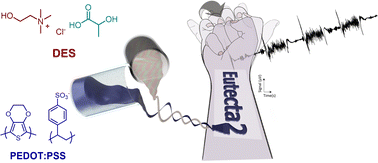
Mater. Horiz., 2023,10, 2516-2524
https://doi.org/10.1039/D3MH00310H
Tissue-mimetic hybrid bioadhesives for intervertebral disc repair
Tissue-mimetic hybrid bioadhesives for the repair of intervertebral disc after nucleotomy is proposed, comprising a viscoelastic glue for delivering cells to fill the cavity and a tough adhesive sealant to prevent re-herniation post-nucleotomy.
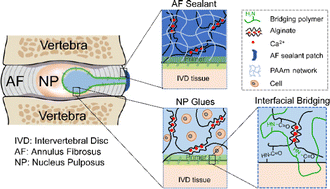
Mater. Horiz., 2023,10, 1705-1718
https://doi.org/10.1039/D2MH01242A
Selective treatment of intracellular bacterial infections using host cell-targeted bioorthogonal nanozymes
Macrophage-targeted bioorthogonal nanozyme designed to generate antibiotics at the site of infection. Nanozymes had targeted uptake by macrophages through mannose functionalization, then generated antibiotics to specifically kill infectious bacteria.

Mater. Horiz., 2022,9, 1489-1494
https://doi.org/10.1039/D1MH02042K
Intrinsic doping limitations in inorganic lead halide perovskites
Design principles for an effective doping in halide perovskites: DP(i) – shallow transition levels; DP(ii) – pinning of Fermi level in conduction or valence band; DP(iii) – Large doping-induced Fermi level shift towards conduction or valence band.
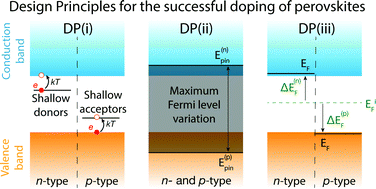
Mater. Horiz., 2022,9, 791-803
https://doi.org/10.1039/D1MH01371H
Peculiar anharmonicity of Ruddlesden Popper metal halides: temperature-dependent phonon dephasing
The anharmonicity of the Ruddlesden Popper metal-halide lattice, and its consequences for their electronic and optical properties, are paramount in their basic semiconductor physics.
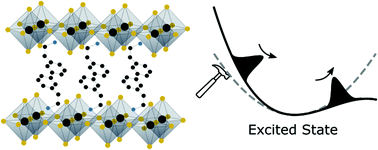
Mater. Horiz., 2022,9, 492-499
https://doi.org/10.1039/D1MH01010G
Design and synthesis of chromophores with enhanced electro-optic activities in both bulk and plasmonic–organic hybrid devices
By tuning donor strength, we produce an organic electro-optic chromophore with high hyperpolarizability, low absorption, and excellent electro-optic activity, which is demonstrated in a plasmonic–organic hybrid modulator with near record low VπL.
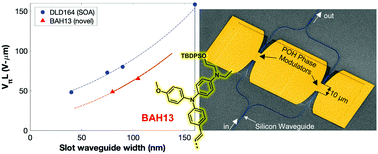
Mater. Horiz., 2022,9, 261-270
https://doi.org/10.1039/D1MH01206A
Balancing the mechanical, electronic, and self-healing properties in conductive self-healing hydrogel for wearable sensor applications
Dynamic interfacial interactions between the HAPAA and PANI hydrogels are favorable for self-healing; thus, the PANI network can enhance the mechanical and electronic properties of HAPAA hydrogel without compromising its self-healing performance.
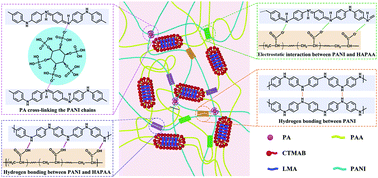
Mater. Horiz., 2021,8, 1795-1804
https://doi.org/10.1039/D1MH00085C
The energy landscape governs ductility in disordered materials
We reveal that the brittle or ductile behavior of disordered materials is quantitively encoded in the topography of the static energy landscape before loading.
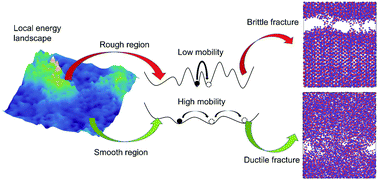
Mater. Horiz., 2021,8, 1242-1252
https://doi.org/10.1039/D0MH00980F
Experimental validation of high thermoelectric performance in RECuZnP2 predicted by high-throughput DFT calculations
Predictions of high thermoelectric performance in RECuZnP2 were verified by elastic, electrical, and thermal measurements. Low thermal conductivities result from strong anharmonicity, with electron transport limited by polar optical phonons.
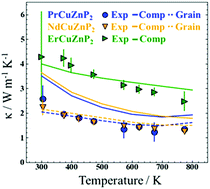
Mater. Horiz., 2021,8, 209-215
https://doi.org/10.1039/D0MH01112F
Chaotic printing: using chaos to fabricate densely packed micro- and nanostructures at high resolution and speed
Chaotic flows are used to rapidly fabricate densely packed lamellar micro- and nanostructure that is then preserved by curing or photocrosslinking.
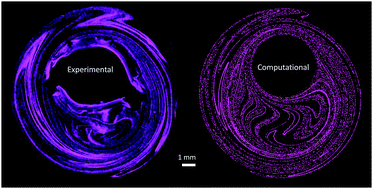
Mater. Horiz., 2018,5, 813-822
https://doi.org/10.1039/C8MH00344K
Optically reconfigurable chiral microspheres of self-organized helical superstructures with handedness inversion
Light-driven monodisperse chiral microsphere with dynamic chirality was fabricated via a capillary-based microfluidic technique.
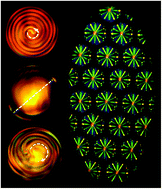
Mater. Horiz., 2017,4, 1190-1195
https://doi.org/10.1039/C7MH00644F
Recyclable 3D printing of vitrimer epoxy
An epoxy ink and its 3D printing method were developed to allow printed parts to be recycled and reprinted.
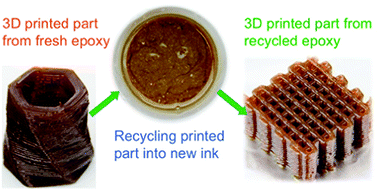
Mater. Horiz., 2017,4, 598-607
https://doi.org/10.1039/C7MH00043J
Searching for promising new perovskite-based photovoltaic absorbers: the importance of electronic dimensionality
The concept of electronic dimensionality, i.e., the connectivity of the atomic orbitals that comprise the lower conduction band and upper valence band, is introduced to better account for the device performance of the perovskite-based solar cells.
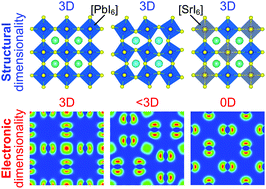
Mater. Horiz., 2017,4, 206-216
https://doi.org/10.1039/C6MH00519E
A graphene-like metallic cathode host for long-life and high-loading lithium–sulfur batteries
Nanostructured sulfur host materials that embrace both high electronic conductivity and strong chemisorption towards polysulfides are central to enable high performance Li–S batteries.
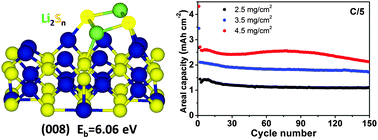
Mater. Horiz., 2016,3, 130-136
https://doi.org/10.1039/C5MH00246J
Nucleobase peptide amphiphiles
A new class of peptide materials is introduced, integrating orthogonal aspects of peptide, nucleoside, and amphiphile chemistry.

Mater. Horiz., 2014,1, 348-354
https://doi.org/10.1039/C3MH00154G
About this collection
To celebrate the 10th anniversary of Materials Horizons we have curated a collection of our most popular articles from our American contributors. For Materials Horizons it is of great importance that we represent a truly diverse array of authors and their research, to learn from each other and develop global strategies to conquer the most pressing issues in materials science. We would like to take this opportunity to thank all our contributors from America for continuing to provide high quality research to Materials Horizons. We strive to continue our work together to increase visibility of important research happening in these regions, taking steps towards making the world a better place.
This five-part series will be showcasing some of our very best authors from across 5 regions: